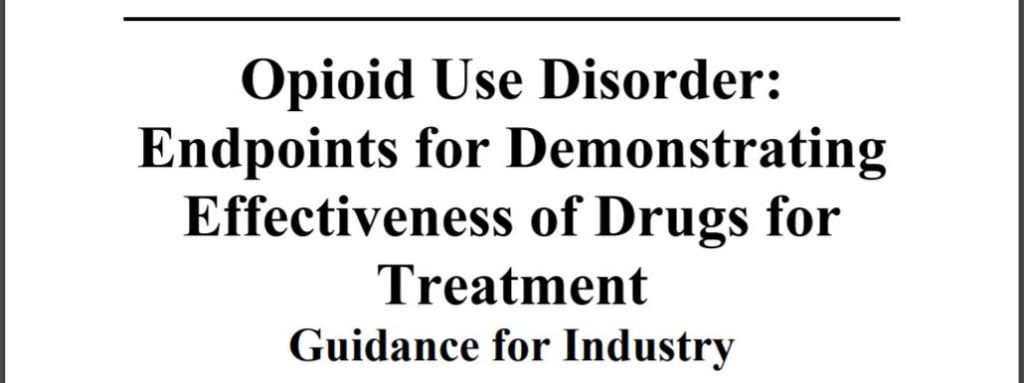News and Views: Orphan products grants, Cybersecurity, Opioid disposal toolkit, Opioid Use Disorder guidance, Breast implants patient labeling, Flu vaccine
Funding to advance medical products for the treatment of rare diseases
Orphan Drugs are for rare diseases/disorders that affect fewer than 200,000 people in the US
Six new clinical trial research grants to principal investigators from academia and industry totaling over $16 million over the next four years
- Stargardt disease
- Prevention of graft versus host disease
- Cystic fibrosis patients colonized with nontuberculosis mycobacterium
- CD4 positive T cell neoplasms
- Pancreatic cancer
- Peripheral T-cell lymphoma
FDA and Cybersecurity
Medical devices are increasingly connected to the Internet, hospital networks, and other medical devices to improve health care
- Increase the risk of potential cybersecurity threats and impact device safety and effectiveness
- Reducing cybersecurity risks is important but challenging
Fact Sheet on FDA’s role in medical device cybersecurity
- FDA works closely with several federal government agencies including the U.S. Department of Homeland Security
- Manufacturers must address pre-market and post-market cybersecurity risks; make updates to strengthen cybersecurity
- Manufacturer is responsible for software validation to address cybersecurity vulnerabilities, conduct pre-market testing including the use of OTS software
Safe Opioid Disposal ‘Remove the Risk’ Outreach Toolkit
Remove the Risk raises awareness of the serious dangers of keeping unused opioid pain medicines in the home and provides information about safe disposal of these medicines
- Free toolkit materials—public service announcements (PSAs), social media images and posts, fact sheets
- Designed to help groups speak with others about safe opioid disposal
Guidance to Encourage Development of Novel Medicines to Treat Opioid Use Disorder (OUD)
Guidance addresses acceptable clinical endpoints for demonstrating effectiveness to treat OUD and to predict a sustained clinical benefit
- Reductions in adverse outcomes related to OUD (mortality, emergency medical interventions, Hep C infections)
- Change in disease status using OUD diagnostic criteria
- Change in drug use pattern
- Patient Reported Outcomes (e.g., improvement in sleep or mood)
- Other outcome measures (e.g. ability to resume work, school, or other productive activity)
Breast Implants Labeling Recommendations to Improve Patient Communication
FDA guidances to help ensure that a patient receives and understands the benefits and risks of breast implants
- Labeling for saline/silicone breast implants for breast augmentation or breast reconstruction
- Important for patients to have benefit and risk information for a balanced discussion with their physicians
- Includes: Boxed Warning, Patient Decision checklist, Rupture Screening recommendation, Material/Device description, Patient Device card
FDA approved Flu vaccines provide important benefits such as preventing illnesses, hospitalizations and deaths
- Likely that flu viruses and COVID-19 will circulate together this fall and winter; flu shot will not prevent COVID-19 but help to keep you healthy and preserve health care resources for COVID-19
- Annual vaccination to prevent flu is the best way to reduce the risk of getting the flu and spreading it to others
- Annual shots are needed because flu viruses can change from year to year, so the vaccine is updated; FDA, WHO, CDC, and public health experts collaborate to identify likely strains
- Typically, children and older people are most at risk of getting sick with influenza
- FDA ensures flu vaccine is safe, effective, and of high quality
Image credits: FDA, DHS





